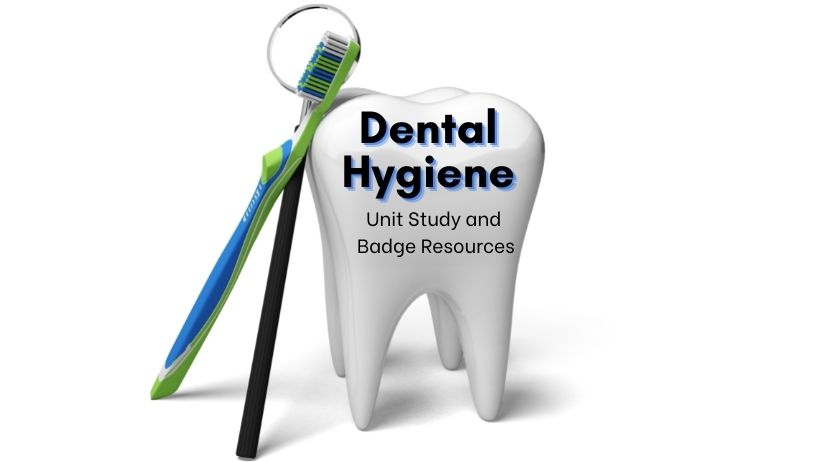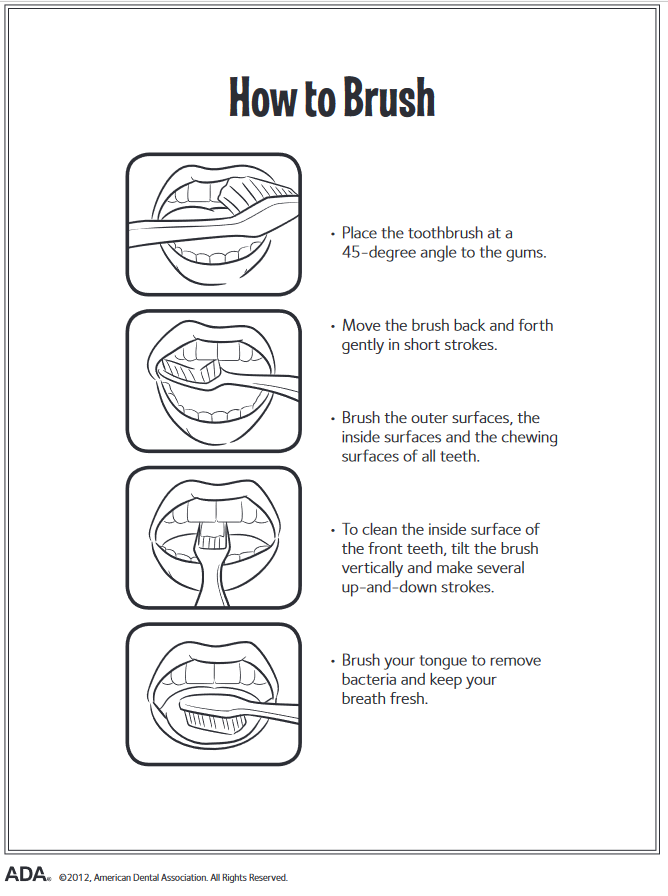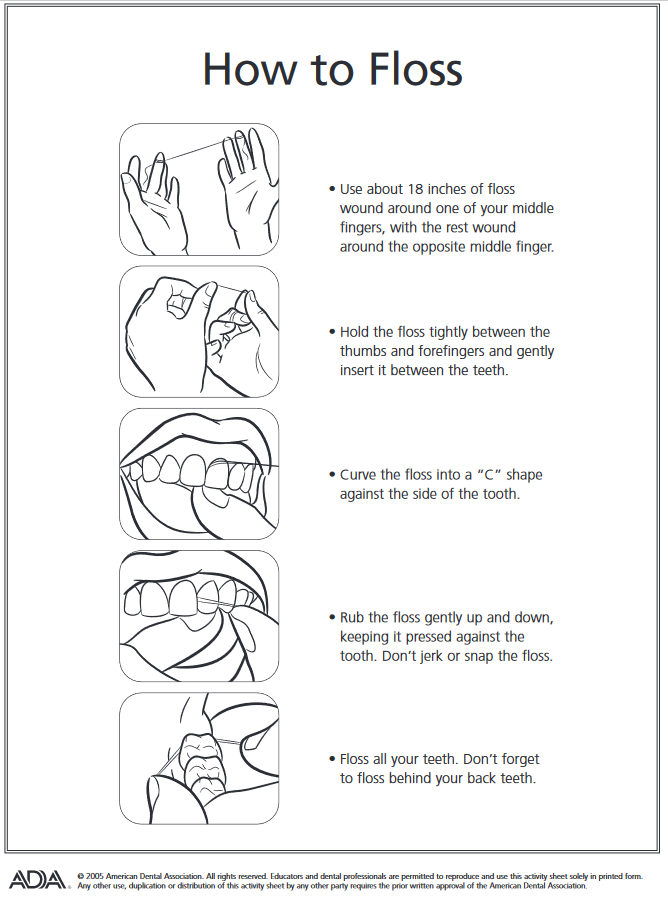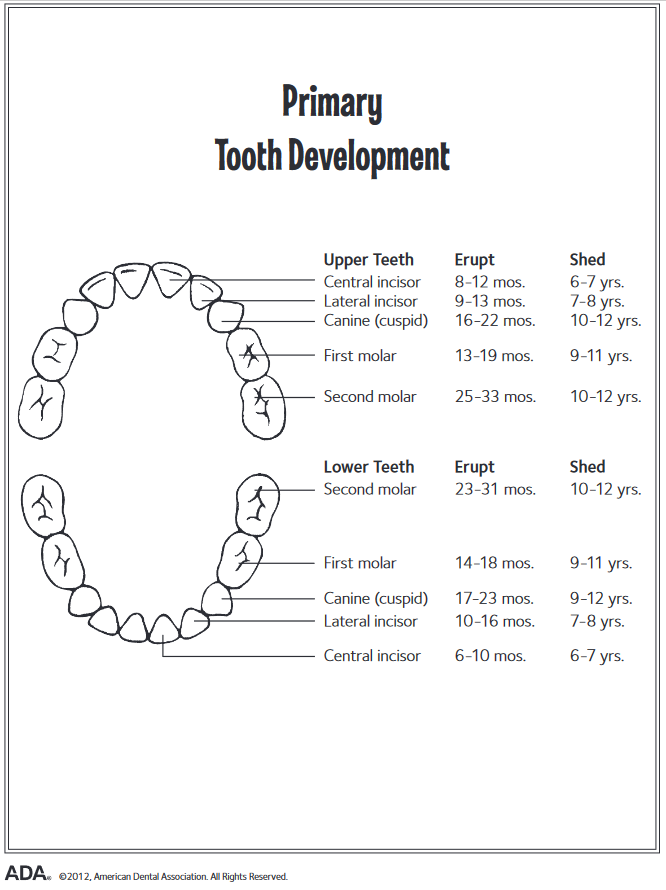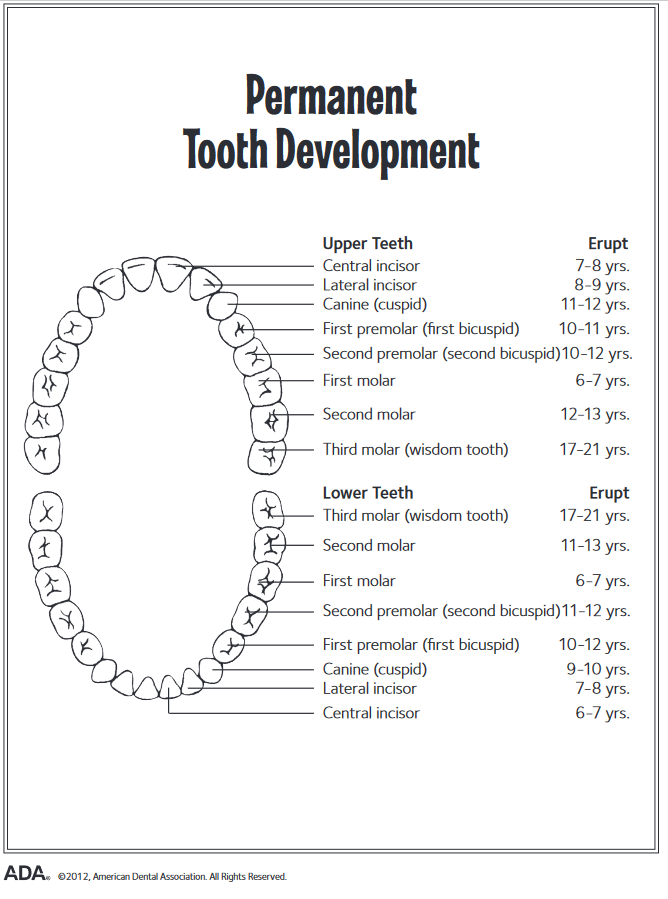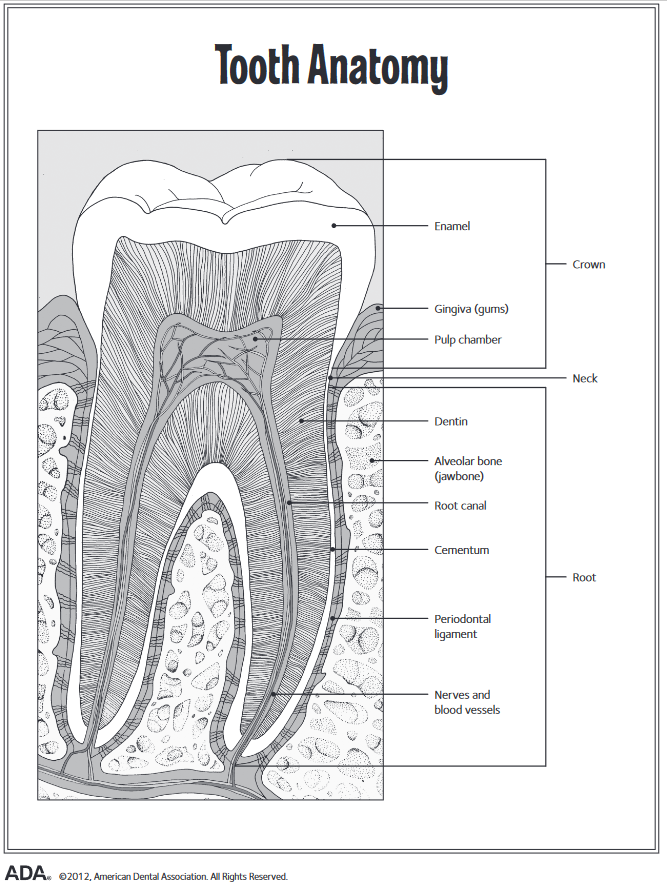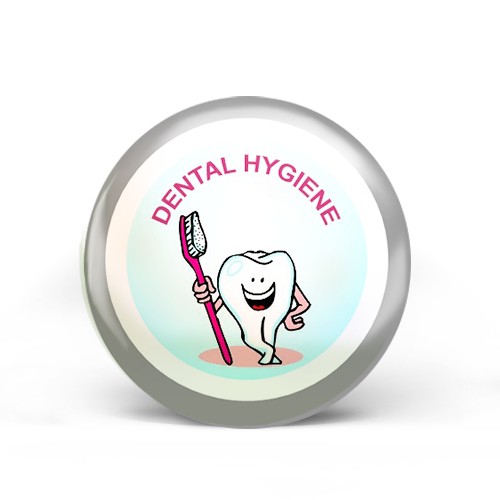
Dental Hygiene for Kids – Unit Study and Badge Resources
Good oral hygiene is critical to general health. Tooth decay and gum disease can lead to a variety of health problems so teaching kids good dental hygiene early on sets them up for better health throughout their life. Use our free Dental Hygiene unit study to earn your Dental Hygiene badge. Other badges you may wish to earn alongside include Hygiene, Health and Fitness, Diseases and Genetic Disorders, and Responsibility.
How to properly brush and floss your teeth
The American Dental Association recommends brushing your teeth twice a day with a soft bristled brush. Soft brushes will effectively clean your teeth without damaging your gums. Make sure to choose a toothbrush size and shape that fits your mouth and replace it every 3-4 months or sooner if you notice the bristles are frayed.
While most toothpaste commercials show the entire surface of the toothbrush covered in toothpaste, you really only need a small pea-size amount and even less (the size of a grain of rice) for children 3 and under. Swallowing too much toothpaste can cause white flecks, or brown spots and pitting on the enamel of the teeth.
To Do: Color in the charts above from the American Dental Association and follow the instructions for properly brushing and flossing your teeth.
To Do: Learn this brushing song to the tune “Row, Row, Row Your Boat”:
Brush, brush, brush your teeth, brush them every day.
Keep them bright, make them shine, clean the plaque away.
Brush, brush, brush your teeth, brush them every day.
Front, back, take off the plaque, now we smile all day.
Fulfills preschool requirement #1
What are cavities and how do you prevent them?
Cavities are permanently damaged areas on the hard surface of your teeth. These areas develop into tiny openings that allow in bacteria and slowing rot your tooth. If they are not treated the holes will get larger and affect even deeper layers of the tooth. this can lead to toothaches, infection and tooth loss.
To Do: Demonstrate how cavities decay a tooth with this apple example. You will need 2 apples, 2 paper lunch bags, a sharpened pencil and a knife. Using the pencil, poke a hole in one of the apples. Put each apple in a separate bag and leave for 2-3 days. Cut open both apples and compare how the one with the hole has started to decay. Explain that just like the skin of the apple protects the flesh, the enamel on our teeth protects the tooth itself.
To Do: Use the ADA Brushing Calendar to track how often you remember to brush and floss.
Fulfills Level 1 requirement #2
What is plaque? How can it harm your teeth?
When you eat sugars and starches they stick to your teeth. If you don’t brush well, bacteria starts to feed on the sugars and form a clear sticky film called plaque. The acids in the plaque erode the enamel on your teeth to create tiny openings that become cavities. Over time, if not removed, the plaque can harden along your gum lines and become tartar. Tartar can be difficult to remove and acts like a shield to protect the plaque underneath which can accelerate tooth decay.
To Do: Pour a small amount of cola or juice in a saucer and leave it outside overnight. As water is lost, the juice/cola left in the dish becomes sticky. It attracts insects and dust. Explain that when you drink sugary drinks, the air you breathe dries the juice/cola and causes a sticky, very sweet coating to form on your teeth. Just like the saucer outside attracts insects and dust, the sticky plaque on your teeth attracts bacteria and germs.
To Do: Eat “detergent foods”. Just like sugary foods and drinks can cause plaque build up, there are foods known as “detergent foods” that actually help keep your teeth clean. These foods are crunchy or coarse and have low acidity which helps eliminate sugars in your mouth. Create quick grab snack bags to keep in your fridge using the following items:
- Carrots
- Apples
- Popcorn
- Celery
- Cheese
- Pears
- Cucumbers
Fulfills Level 2 requirement #2

Gum disease and the difference between gingivitis and periodontitis
While cavities are the most common form of dental disease, not caring properly for your mouth can lead to other serious problems as well.
Periodontal disease, also known as gum disease, is usually caused by not flossing on a regular basis. It starts with gingivitis which is an inflammation of the gums. If you notice your gums are red, swollen or bleed easily it mean you better start brushing and flossing better.
While gingivitis is reversible, if left unattended it can advance to periodontitis which is where the inner layer of the gum pulls away from the teeth and create pockets. These pockets collect bacteria and debris which gradually weaken and break down the bone and tissue that holds the tooth in place. Left too long, the tooth will eventually loosen and be lost.
To Do: Demonstrate the need for good flossing with the following activity. You will need the following:
- rubber glove
- marshmallow fluff
- scrub brush
- yarn
- bucket of water
Put on a rubber glove and smear it all over with marshmallow fluff including between your fingers. Hold your hand up palm out with your fingers held tightly together. Have kids use the scrub brush like a giant tooth brush and try to remove all the marshmallow fluff, rinsing the brush in the bucket when needed. Hold your fingers tightly together until they are done. Then open your fingers and show them how much marshmallow fluff is still stuck there. Close your fingers again and have them use the yarn to “floss” the remainder of the marshmallow fluff out from between your fingers.
Fulfills Level 4 requirement #2
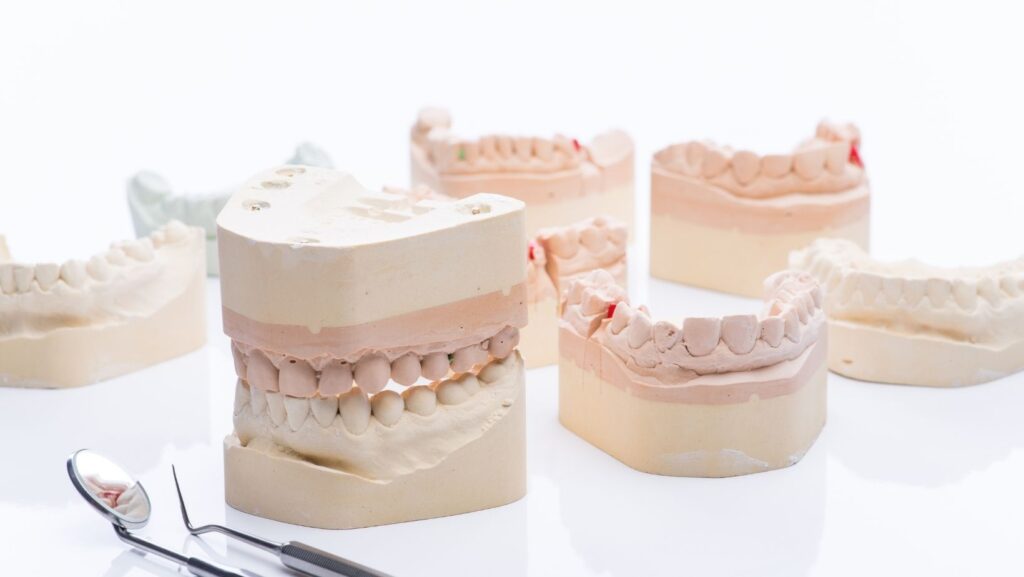
Why do we have different types of teeth?
Every tooth in your mouth was designed with a specific purpose in mind. Your Incisors have tips that are straight and sharp like a knife so they are good for taking bites out food like apples. They also help you to pronounce words and help support your lips. Canine teeth are designed not only to bite, but their pointed ends also help keep the jaw aligned properly. Molars use a flat surface to help you chew and grind up your food.
To Do: Notice the importance of the shape of your teeth for speaking. Try saying “thirty-three thirsty thieves”. Notice how the shape of your front teeth fit against your tongue to make sounds. Now try saying it without letting your tongue touch your teeth.
To Do: Use the charts below to learn about both primary and permanent tooth development
To Do: Color the image below and learn the different parts of a tooth.
Fulfills optional requirement #11
Going to the dentist
While brushing and flossing on a regular basis will keep most dental problems at bay, it is important to visit the dentist regularly to ensure that teeth and gums are staying healthy. Even with good brushing and flossing habits, plaque and bacteria can form between teeth and cause problems. Catching any issues early will prevent irreversible problems later.
To Do: Get an annual cleaning and dental check-up. If you don’t have dental insurance, check with local dental schools as they frequently offer free or discounted services.
To Do: Visit a dental office and interview a dental hygienist, dentist, orthodontist or oral surgeon. Find out what their job entails. What type of education do they need? What are typical work hours? What is their favorite part of their job? What do they like the least? What made them decide on this career path?
Fulfills optional requirement #5, #6 and #7
Follow our Facebook page for badge of the week posts and other resources. For planning purposes you can see which badges will be featured on our badge of the week calendar. You can also sort and search articles by topic on our main blog page. If you are not already a member, check out our membership pricing page.

